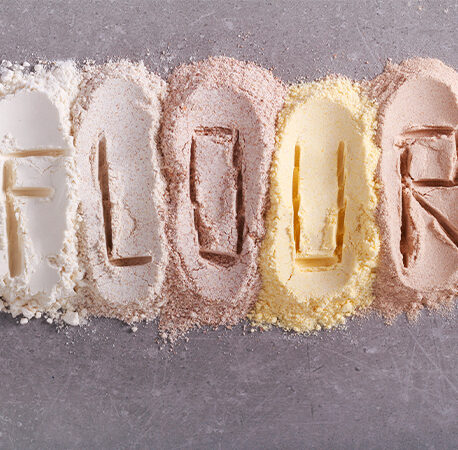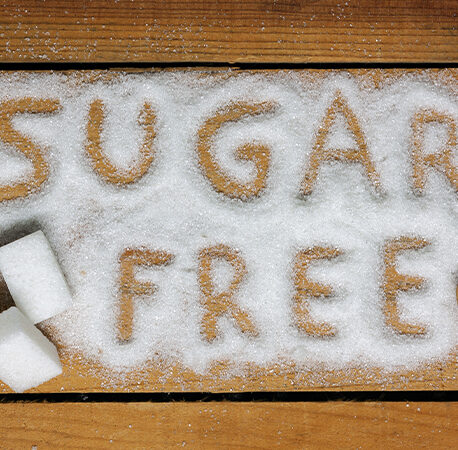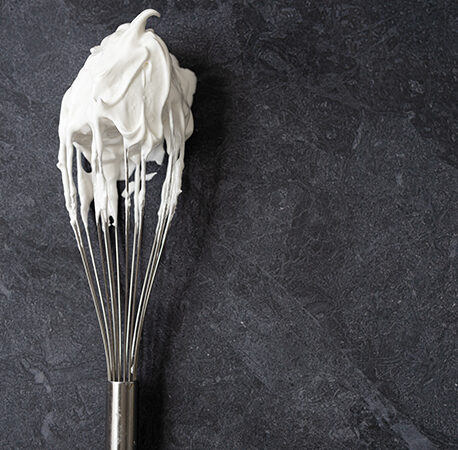Is your wine vocabulary limited to terms like red, white, delicious or awful? Here’s our guide to the basic terms used by the people in the know.
WINE IMAGE
Aroma/bouquet: The smell of a wine. The term “bouquet” is most often used to describe the aroma of older wines.
Body: The apparent weight of a wine in your mouth: light, medium, or full. Does the wine taste light, or does it have a bigger taste than others you’ve tried?
Crisp: A crisp wine is one with refreshing acidity; think sour flavours like citrus fruits or Granny Smith apples.
Dry: This is nothing to do with mouthfeel (and often gets confused with tannic.) When it comes to wine, dry means the opposite of sweet.
Finish: The impression a wine leaves in your throat after being warmed by your mouth. The best wines have a long and pleasant finish.
Fruity: This has nothing to do with the level of sweetness, but rather a wine whose aromas and flavours remind you of certain fruits. Wine tasting is all about practice, so try picking out one or two fruits you can taste in each wine you sample.
Legs: These are the droplets of wine that form on the inside of a wine glass. Sweeter wines and those with higher alcohol contents will have more legs.
Oaky: A wine that has oak flavours, usually because it has been aged in an oak barrel. These flavours can include wood, smoke, vanilla, caramel and popcorn.
Soft: A wine that has a smooth rather than crisp mouthfeel, a rounded texture rather than lots of tannins or acidity.
Tannic: You know that dry feeling on the insides of your cheeks when you drink certain red wines (or black tea?) That’s caused by the presence of tannins, particular chemical compounds found in grape skins.
- summer events
- small business
- gut health
- OATLY
- healthy
- Crudo
- top tips
- All Together Now
- fridge cake
- Events Waterford
- food festival
- Events Ireland
- me auld flower
- news
- dublin
- events Dublin
- dublin festival
- Home-Cooking
- food and drink festival
- online cooking course
- festival line-up
- cooking
- Summer festival
- eco-friendly
- Events
- cosy
- Festivals Ireland
- wine
- Body & Soul
- grapes
- music festival
- south africa






You have to be signed in to comment this post.